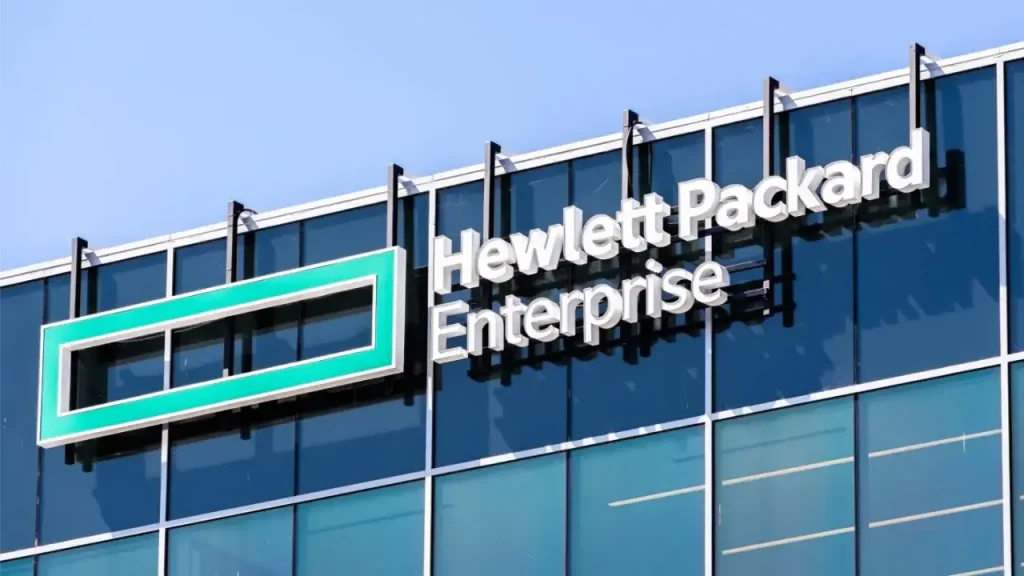- HPE uses its Aruba portfolio and AI to support millions of attendees, sensor data and media demands across golf course terrain.
- The system included a temporary network operations centre, private AI cloud, telemetry and real-time video support.
What happened: Building one of the world’s largest temporary networks
HPE implemented a “pop-up smart city” during the 2025 Ryder Cup at Bethpage Black, constructing a temporary digital infrastructure to support both public and operational needs across the expansive golf course. The deployment integrated HPE’s Aruba networking systems, modular architecture and AI tools to manage crowd flow, streaming and media demands. HPE invited industry media to tour how they built “one of the largest temporary networks in the world.”
Under the covers, the setup included an ad-hoc Network Operations Centre established in portacabins, embedded AI for forecasting crowd movement, a private AI cloud for content tasks, and telemetry systems feeding mapping and media services. The temporary infrastructure had to be laid out quickly, dismantled afterwards—and perform reliably across open terrain and intermittent user densities.
Also Read: HPE clears $14B Juniper deal with DOJ settlement
Also Read: HPE adds on-prem virtual private cloud to Aruba Central
Why it is important
Events like the Ryder Cup place extreme demands on connectivity: attendees move across many square miles, devices shift locations, and demand spikes unpredictably. HPE’s approach shows how modular, scalable network design combined with AI can respond to variability in load, coverage and pathing. As more high-attendance, open-area events adopt live video, smart overlays and fan interactivity, this kind of infrastructure becomes a benchmark approach.
From a business perspective, successfully executing such a temporary smart city provides HPE with a showcase for live, mission-critical use of networking, edge compute, telemetry and AI in a hostile, dynamic environment. It bolsters its credentials in sports, entertainment and large gathering verticals. The deployment also raises expectations that future sporting and cultural events will demand similar digital sophistication rather than ad hoc systems.

